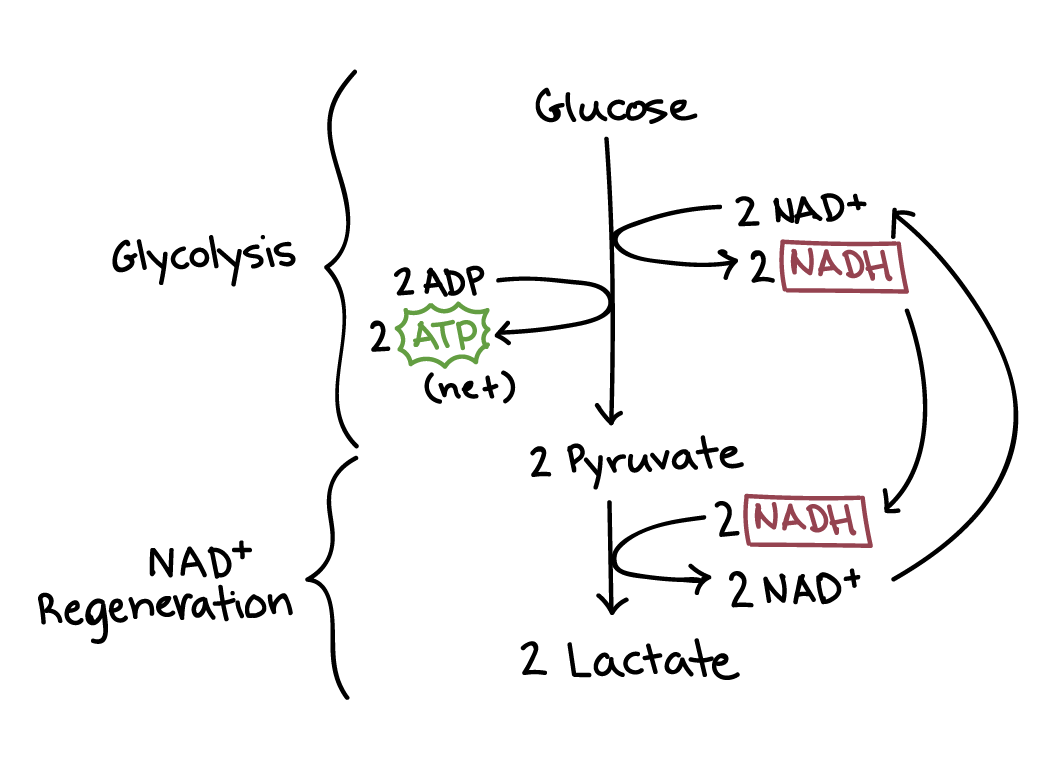
Anaerobic respiration begins the same way as aerobic respiration and fermentation. On the other hand anaerobic fermentation is very common in parasites bacteria and yeast.

The way of the procedure is the same as aerobic respiration.
Is fermentation aerobic or anaerobic. The key difference between aerobic and anaerobic fermentation is that aerobic fermentation uses oxygen whereas anaerobic fermentation does not use oxygen. The further differences will be discussed in this article. Anaerobic respiration begins the same way as aerobic respiration and fermentation.
The first step is still glycolysis and it still creates 2 atp from one carbohydrate molecule. However instead of ending with glycolysis as fermentation does anaerobic respiration creates pyruvate and then continues on the same path as aerobic respiration. The main difference between aerobic and anaerobic fermentation is that aerobic fermentation regenerates nad at electron transport chain whereas the regeneration of nad in anaerobic respiration follows glycolysis.
Fermentation is a term used to describe the mechanisms of cellular respiration which occurs in the absence of oxygen. However in aerobic fermentation the final electron. Aerobic fermentation is very common in higher plants and animals.
On the other hand anaerobic fermentation is very common in parasites bacteria and yeast. Aerobic fermentation takes oxygen gas from the atmosphere and uses in the electron transport chain. On the contrary anaerobic fermentation takes place without the oxygen gas.
The way of the procedure is the same as aerobic respiration. This process begins with glycolysis as also in the fermentation process but fermentation stops from it as anaerobic respiration does not. Anaerobic respiration continues the electron transport chain as well as citric acid cycle after the production of acetyl coenzyme a.